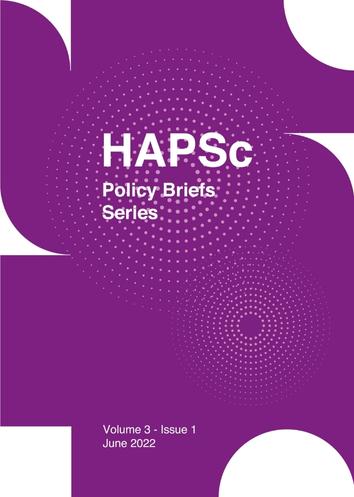Cultural Diplomacy: The Case of France

Abstract
Cultural diplomacy has been evolved as a powerful and effective tool in order to ameliorate a country’s image to the international audience. Consequently, it gives the opportunity for countries to promote foreign policy’s goals and to achieve a standing in the international system. The present paper, after attempting to define the notion of cultural diplomacy, focuses on the case of France. In fact, some important actors that are part of the French cultural network are mentioned. In particular, actors related to the fields of language, education, cinema and media are explored in this policy brief. It is concluded that France has followed a successful cultural diplomacy policy that can inspire other countries.
Article Details
- How to Cite
-
Tounta, D. (2022). Cultural Diplomacy: The Case of France. HAPSc Policy Briefs Series, 3(1), 139–149. https://doi.org/10.12681/hapscpbs.31003
- Section
- Articles

This work is licensed under a Creative Commons Attribution 4.0 International License.
Authors retain copyright and grant the journal right of first publication with the work simultaneously licensed under a Creative Commons Attribution License that allows others to share the work with an acknowledgement of the work's authorship and initial publication in this journal.

